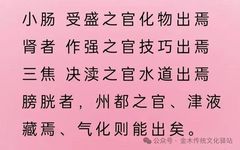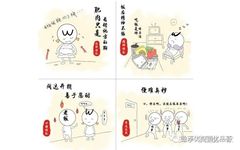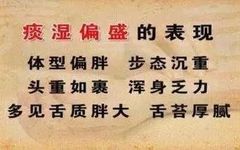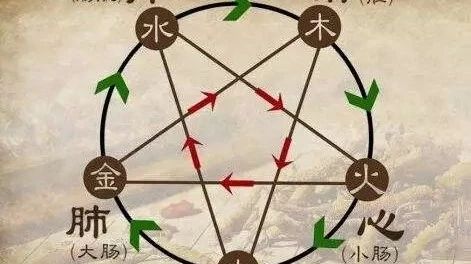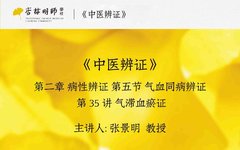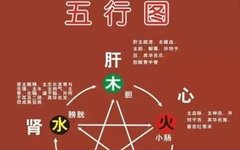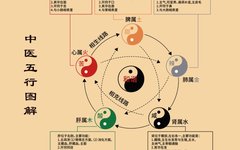Fundamentals of Traditional Chinese Medicine: The Five Organs and Six Bowels
Five Organs: The heart (xin), liver (gan), spleen (pi), lungs (fei), and kidneys (shen). Six Bowels: The gallbladder (dan), stomach (wei), small intestine (xiao chang), large intestine (da chang), bladder (pang guang), and san jiao (triple burner). The organs and bowels are both internal organs, but their distinctions are: The five organs store essence and … Read more

